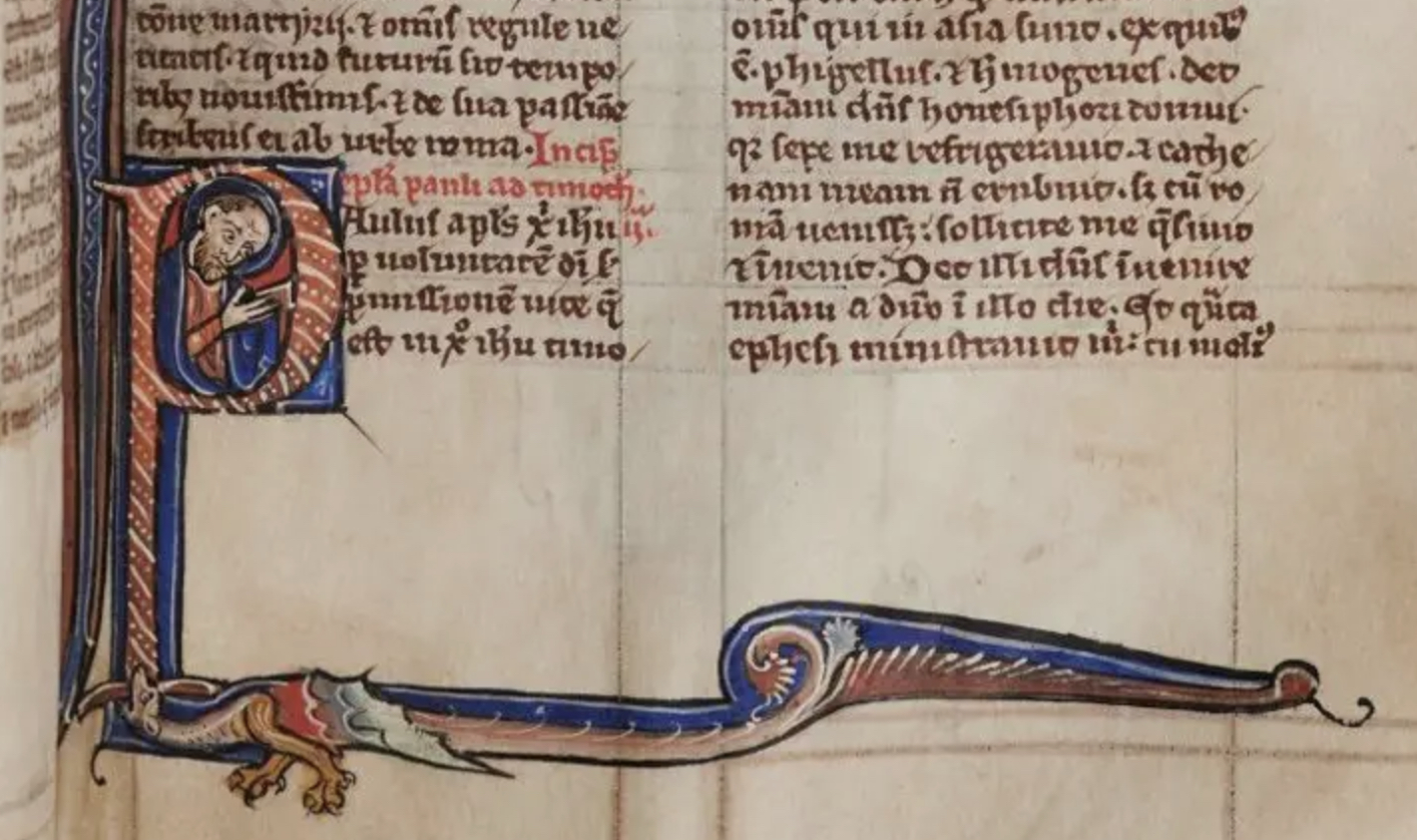Salisbury Cathedral – Sarum Master Bible Back on Display
12th September 2025
The Sarum Master Bible goes on display at Salisbury from 6 October.
A treasured bible illustrated by a medieval master around 775 years ago and returned to the city where it was created following a successful fundraising campaign, is back on public display.
Salisbury Cathedral has announced its 13th century Sarum Master Bible will go back on display
The Sarum Master Bible can now be seen at Salisbury Cathedral, which managed to acquire it after a charity raised the £90,000 needed to buy it.

The Sarum Master Bible is a manuscript (handwritten) Bible in Latin, written and illustrated probably in Salisbury in the 1240s or 1250s. Handwritten Latin text is squeezed onto its 17cm-high pages, and the first letter of each book of the Bible is lavishly decorated.
It is one of a small number of manuscripts that were illustrated by one of the greatest English artists of the time, who today is known to scholars as the Sarum Master, or Sarum Illuminator.
No details are known about the artist’s life, but there is considerable evidence that he or she was working in or around Salisbury and The Sarum Master is considered “one of the finest English artists of the period”, said Salisbury cathedral librarian Dr Anne Dutton.
The money for the bible was raised by Friends of the Nations’ Libraries, after Dr Dutton spotted it for sale at Sotheby’s and was contacted when it did not sell at auction.
The Sarum Master Bible will be on display for Cathedral visitors to view from 6 October until 2 November 2025 and there’s a talk by medieval manuscript expert, Dr Christopher de Hamel who will share his thoughts on the recent return of this Bible to Salisbury on Monday 20 October.
Christopher de Hamel is a Fellow of Corpus Christi College, Cambridge. He was responsible for all sales of medieval manuscripts at Sotheby’s, 1975-2000, and librarian of the Parker Library in Cambridge, 2000-2016. His very many books include Meetings with Remarkable Manuscripts (2016), which won the Wolfson Prize for History.
Find out more about the talk here.